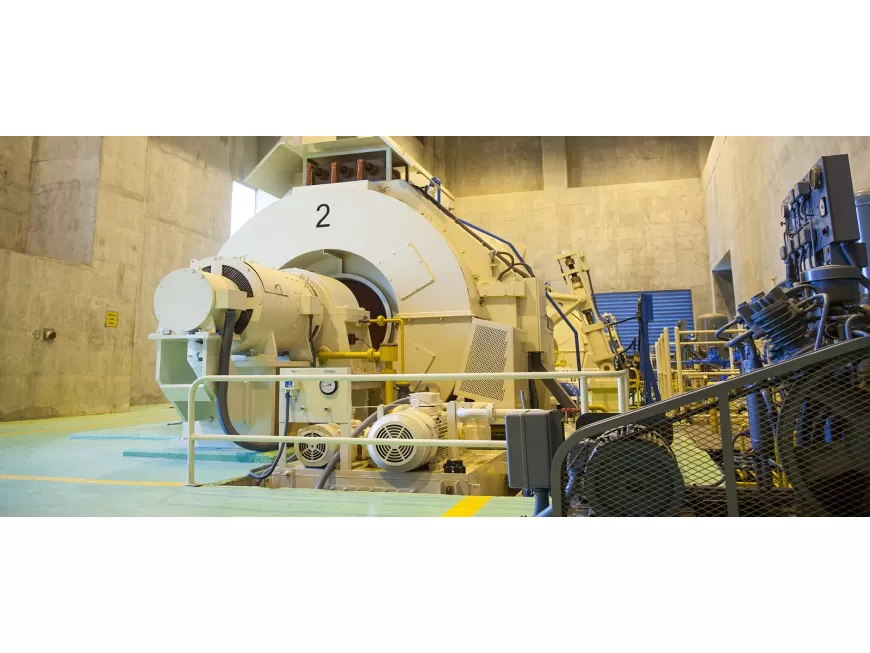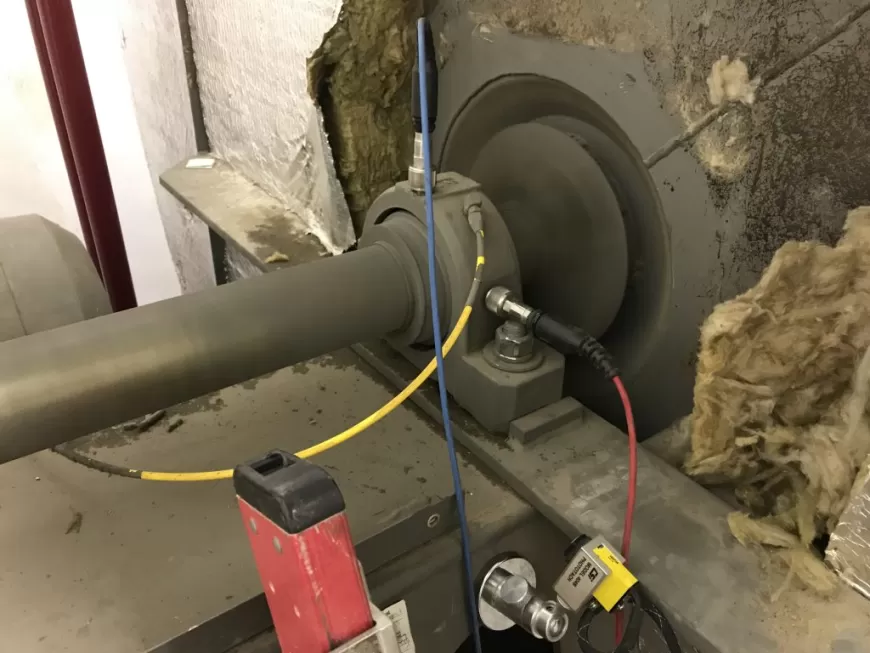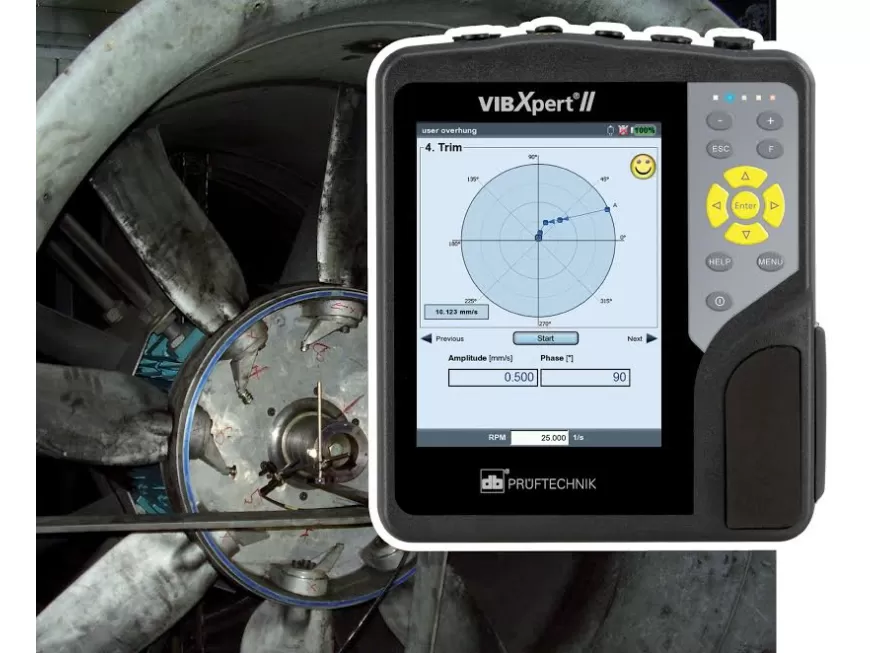



ROTOR DYNAMIC FIELD BALANCING
What is “unbalance”?
Unbalance can occur in almost anything that rotates and is the uneven distribution of mass around the rotating object’s axis of rotation. A rotor is said to be out of balance when its centre of mass is out of alignment with the centre of rotation.
Unbalance will result in the rotor exhibiting a wobbling movement, causing vibration that becomes increasingly harmful as the rotor gains speed.
So what about “balancing”?
Put simply, balancing is the act of spinning a rotor whilst using computer software to measure unbalance, and then correcting any unbalance detected by adding or removing counterbalancing material. Once sufficient material has been added or removed, the rotor will spin efficiently and vibration will reduce.
Static vs. dynamic balancing
An object is said to be in static balance when the centre of gravity is on the axis of rotation. In this scenario the rotating mass has no tendency to rotate due to the influence of gravity, and it will rest without turning at any angular position on its bearings.
A rotating mass would be considered to be dynamically balanced when no centrifugal force or couple is produced during rotation. A balanced system can rotate without requiring external force or couple other than that required to support its weight. Unbalance in such a system would place stress on the bearings, resulting in undesirable vibration.
Rotor dynamic field balancing is a specialized technique used to balance rotating machinery while they are in operation. It involves the measurement and adjustment of unbalance forces and moments in rotating systems such as turbines, motors, fans, and pumps. Here’s an overview of how rotor dynamic field balancing works and its benefits:
Initial Measurement
Data Analysis
Correction Plan
Field Balancing Equipment
Weight Adjustment
Monitoring and Verification
Benefits of Rotor Dynamic Field Balancing
Improved Machine Performance
Enhanced Energy Efficiency
Minimized Vibrations and Noise
Increased Equipment Lifespan
Preventive Maintenance
Improved Product Quality
Rotor dynamic field balancing is a valuable technique for optimizing the performance, reliability, and efficiency of rotating machinery. By addressing unbalance issues, it helps minimize vibrations, improve energy efficiency, increase equipment lifespan, and enhance overall productivity.



